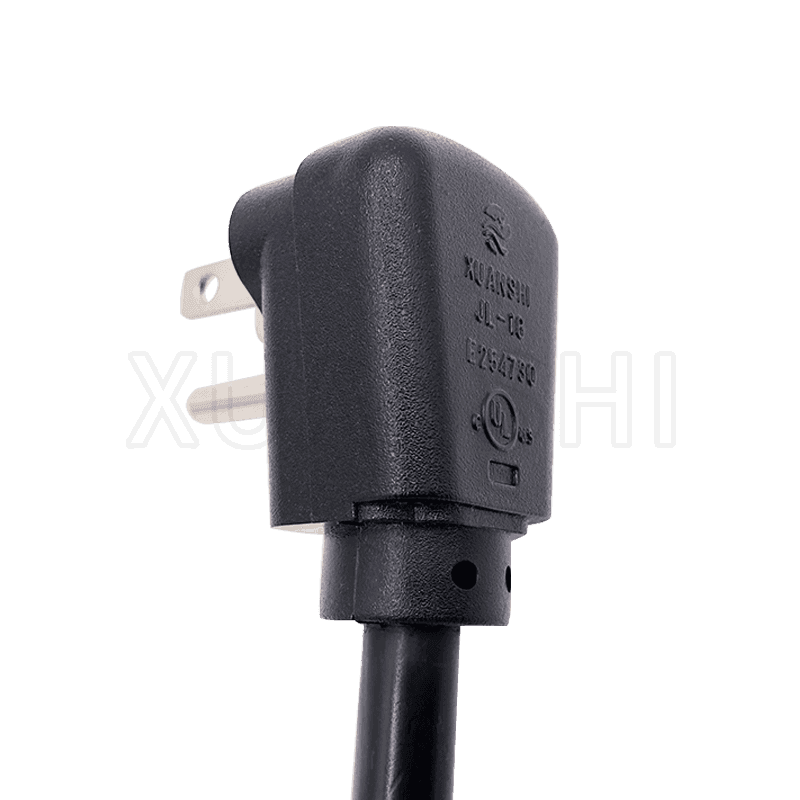Troubleshooting common issues with 3 pin plug power cords, such as loose connections or worn wires, involves a few steps to ensure safety and proper functioning:
Inspect the Cord: Begin your inspection by examining the entire length of the power cord meticulously. Pay close attention to any signs of wear and tear that might compromise its integrity. Look for frayed wires, which can be indicative of prolonged use or physical damage. Check for cuts or breaks in the insulation, especially near areas where the cord bends or flexes frequently. Inspect the plug itself, including the prongs and housing, for any signs of damage or deformation. Scrutinize the connector where the cord attaches to the device, ensuring there are no loose or exposed wires. Take note of any abnormalities such as discoloration, melting, or burning odors, which could signify overheating or electrical faults.
Check the Connections: When assessing the connections, ensure that the plug is firmly seated in the power outlet, providing a snug and secure fit. Verify that there's no play or wiggle room when the plug is inserted, as this could indicate a loose connection. Gently wiggle the plug to see if it remains firmly in place or if there's any movement. Similarly, inspect the connection between the plug and the device, ensuring it's secure and stable. Look for any signs of corrosion or oxidation on the plug prongs or device receptacle, as these can impede electrical conductivity and lead to poor connections. If the cord appears loose or unstable, try inserting it into a different outlet to determine if the issue persists across multiple power sources.
Test with Another Device: To isolate the root cause of the problem, conduct a test using another compatible device. This step helps determine whether the issue lies with the power cord itself or the device it's connected to. Choose a different device with similar power requirements and plug the cord into its power input. Observe how the cord behaves and whether it functions correctly with the alternative device. If the cord works flawlessly with the new device, it suggests that the original device may be experiencing power input issues or internal faults.
Replace or Repair: Upon identifying any damage during the inspection phase, assess the severity of the issue to determine the appropriate course of action. Minor damage, such as small cuts or frayed wires, may be remedied through careful repair techniques. Use electrical tape to encapsulate exposed wires and provide insulation against electrical hazards. Alternatively, employ heat shrink tubing to cover damaged sections of the cord and reinforce its structural integrity. However, exercise caution when performing repairs, ensuring that all electrical connections are secure and adequately insulated to prevent short circuits or electrical shocks. In cases where the damage is extensive or poses a significant safety risk, opt for replacing the entire cord with a new one. Prioritize safety and reliability when making repair decisions, and consult professional electricians or technicians if uncertain about the appropriate course of action.
America 3 pin NEMA 5-15P plug power cord JL-16
